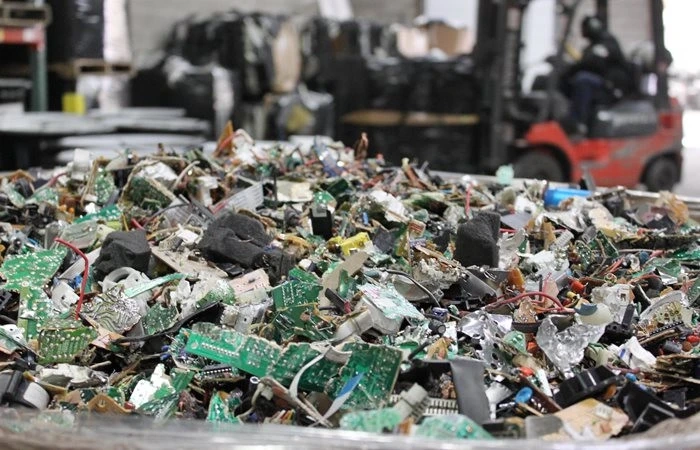The Electronic Scrap Recycling Market has emerged as a critical player in mitigating the environmental and social impacts of discarded electronics. This article delves into the current state of the electronic scrap recycling market size, its significance, key trends, challenges, and the potential opportunities it offers in creating a more sustainable future.
The Growing E-Waste Challenge
The proliferation of electronic devices in our daily lives has led to an alarming rise in electronic waste. Old smartphones, computers, and obsolete gadgets are frequently discarded, posing significant environmental and health risks. The electronic scrap recycling market addresses these challenges by promoting the responsible disposal and recycling of e-waste.
Key Trends in Electronic Scrap Recycling
Circular Economy Initiatives: Many countries and organizations are actively promoting the circular economy approach, which focuses on reusing and recycling electronic components, reducing the need for virgin resources.
Data Security: The secure handling of data-containing devices is a growing concern. Electronic scrap recycling companies often offer data destruction and privacy protection services.
Urban Mining: Recycling processes are increasingly viewed as a form of urban mining, extracting valuable materials like precious metals and rare earth elements from old electronics.
Consumer Awareness: Consumers are becoming more aware of the importance of recycling electronics. Many electronics manufacturers are launching recycling programs to facilitate responsible disposal.
Challenges in Electronic Scrap Recycling
E-Waste Volumes: The sheer volume of electronic waste generated globally is overwhelming, making collection and recycling a logistical challenge.
Toxic Materials: Electronic devices often contain hazardous materials like lead, mercury, and cadmium, which must be carefully managed during recycling.
Global Regulations: Different countries have varying regulations regarding electronic scrap recycling, adding complexity to the global market.
Technological Obsolescence: The rapid pace of technological advancements results in a shorter lifespan for electronic devices, contributing to the e-waste problem.
Opportunities for a Sustainable Future
Resource Recovery: Electronic scrap recycling can recover valuable resources from old electronics, reducing the need for mining and conserving natural resources.
Green Jobs: The recycling industry offers opportunities for job creation, supporting local economies and communities.
Technological Advancements: Innovations in recycling technologies are making the process more efficient and cost-effective.
Environmental Protection: Responsible e-waste recycling reduces the environmental impact of electronics and promotes a cleaner, healthier planet.
Conclusion
The Electronic Scrap Recycling Market is central to our journey toward a more sustainable and environmentally responsible future. While challenges related to the volume of e-waste, hazardous materials, and global regulations exist, the market's evolution is marked by promising trends. Embracing the circular economy, enhancing data security, and fostering consumer awareness all contribute to a greener, cleaner world. As we continue to experience technological progress, electronic scrap recycling remains a beacon of hope, mitigating the environmental and health consequences of our digital age.


